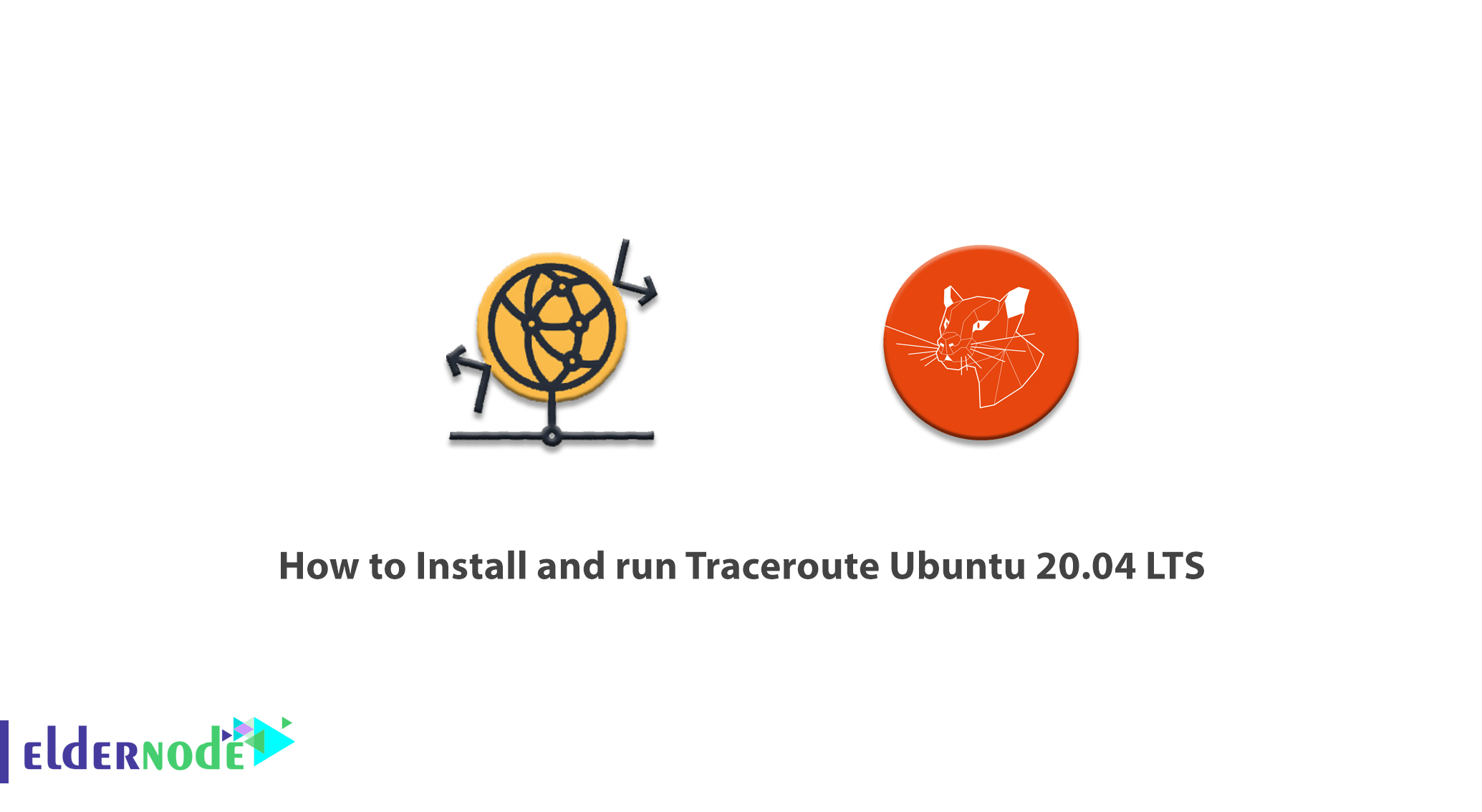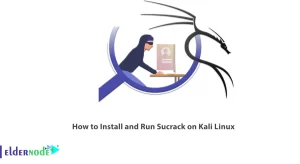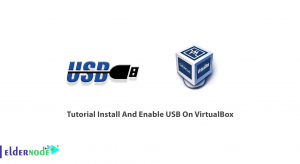
Ready to enhance your networking skills and reach new heights? If you’re an Ubuntu 20.04 LTS user, then this ultimate guide is perfect for you. In this article, we’ll walk you through the step-by-step process of installing and running Traceroute on your Ubuntu 20.04 LTS system. Traceroute is a powerful network diagnostic tool that allows you to trace the route packets take when traveling across an IP network. By using Traceroute, you can identify network issues, analyze latency, and get insights into the path your data takes. Whether you’re a seasoned Linux user or just starting out, this comprehensive guide will provide you with all the information you need. We’ll explain the installation process in a beginner-friendly manner and provide helpful command line examples to ensure that you can effectively utilize Traceroute. So, get ready to master Traceroute and take control of your network troubleshooting. Let’s dive in! You can see the packages available in Eldernode to purchase the Ubuntu VPS server.
Table of Contents
What is traceroute and why is it important?
Traceroute is like a virtual GPS for your internet connection, allowing you to map out the exact route your data takes from your device to its destination. This tool is crucial for troubleshooting network issues, identifying bottlenecks, and monitoring the efficiency of your connection. Don’t get lost in the digital wilderness – use traceroute to stay on track and ensure smooth sailing through cyberspace.
Understanding how traceroute works
Traceroute works by sending out packets with increasing Time to Live (TTL) values to the destination IP address. The TTL value is reduced by each router encountered on the path. When the TTL reaches zero, the router sends an ICMP Time Exceeded message back to the sender. By analyzing these messages, Traceroute can determine the route taken by the packets.
Traceroute starts by sending packets with a TTL of 1 and incrementing it by 1 for each subsequent set of packets. This way, it can map the path taken by the packets through the network. It records the round-trip time (RTT) for each hop, allowing you to identify slow or problematic routers.
Using Traceroute, you can gain valuable insights into the network infrastructure and identify potential bottlenecks or routing issues. It’s an essential tool for network administrators and anyone looking to troubleshoot network problems.
Installing traceroute on Ubuntu 20.04 LTS
Follow the steps below to quickly install the traceroute instructions on Ubuntu. You can simply follow the steps below and place it in your command line terminal using the built-in APT package manager.
The first step is to use the following command to update:
sudo apt-get update -yOnce the update is successful, the next step is to install Traceroute. You can install Traceroute using the following command:
sudo apt-get install -y traceroutesudo apt-get install -y tracerouteFinally you should check the system reports for any related errors.
Running traceroute on Ubuntu 20.04 LTS
Once you have successfully installed traceroute you can easily run it. You can use the following command to run traceroute on Ubuntu:
traceroute example.comNote that in the above command you have to enter your desired destination address instead of example.com.
It should be noted that some types of Linux distributions require users to specify a protocol after -I, such as the following command:
traceroute -I ICMP example.comInterpreting Traceroute results
When running Traceroute, you’ll see a list of hops, each representing a router along the path to the destination. For each hop, you’ll see the IP address, hostname (if available), and round-trip time (RTT) in milliseconds. The RTT represents the time it takes for the packet to travel from your system to the router and back.
A low RTT indicates a fast and efficient connection, while a high RTT could indicate network congestion or latency issues. By analyzing the RTT values, you can identify potential bottlenecks and troubleshoot network problems.
It’s important to note that Traceroute results may vary depending on network conditions and routing changes. Therefore, it’s recommended to run Traceroute multiple times to get a more accurate picture of the network path.
Troubleshooting network issues using Traceroute
Traceroute is a valuable tool for troubleshooting network issues. By analyzing the Traceroute results, you can identify the source of the problem and take appropriate action. Here are some common scenarios where Traceroute can help:
1. Slow network connection:
If you’re experiencing slow internet speeds, Traceroute can help pinpoint the bottleneck. By analyzing the RTT values, you can identify routers with high latency and contact your ISP for assistance.
2. Packet loss:
If you’re experiencing packet loss, Traceroute can help identify the routers where the loss is occurring. High packet loss could indicate network congestion or faulty routers. By contacting the network administrator responsible for those routers, you can work towards resolving the issue.
3. Routing issues:
Traceroute can help identify routing issues by showing unexpected hops or loops in the network path. If you notice unusual routes or loops, you can contact your network provider to investigate and resolve the routing problem.
Remember to run Traceroute during different times of the day to capture a comprehensive view of the network performance. This can help identify intermittent issues that may not be apparent during certain periods.
Advanced Traceroute options and flags
Traceroute offers a variety of options and flags that allow you to customize the behavior and output of the tool. Here are some commonly used options:
1. `-I` or `–icmp`: Uses ICMP Echo Request instead of UDP packets. This can be useful if UDP packets are blocked or filtered.
2. `-p port>` or `–port=port>`: Specifies the destination port to use. By default, Traceroute uses port 33434. Specifying a different port can be useful for testing specific services.
3. `-q queries>` or `–queries=queries>`: Specifies the number of queries to send per hop. Increasing the number of queries can provide a more accurate measurement of RTT.
4. `-w timeout>` or `–wait=timeout>`: Specifies the maximum time to wait for a response from each hop. Increasing the timeout can help capture responses from slow routers.
These are just a few examples of the options available in Traceroute. By exploring the manual page (`man traceroute`) or using the `–help` flag, you can discover more advanced options and flags to customize Traceroute according to your needs.
Best practices for using Traceroute
To get the most out of Traceroute, here are some best practices to keep in mind:
1. Run Traceroute from different locations: Running Traceroute from different locations can help you identify network issues specific to certain regions or ISPs. This can be particularly useful if you’re experiencing connectivity problems with specific websites or services.
2. Analyzing multiple Traceroute results: As mentioned earlier, network conditions can vary, so it’s important to analyze multiple Traceroute results at different times. By comparing the results, you can identify consistent issues and rule out temporary network glitches.
3. Combine Traceroute with other network diagnostic tools: Traceroute is just one tool in your network diagnostic arsenal. Combining it with other tools such as ping, nslookup, and Wireshark can provide a more comprehensive view of network performance and help pinpoint issues more accurately.
4. Document your Traceroute results: Keeping a record of your Traceroute results can help you track changes over time and provide valuable data for troubleshooting purposes. You can use tools like spreadsheets or network monitoring software to organize and analyze your Traceroute data.
By following these best practices, you can make the most of Traceroute and effectively troubleshoot network issues.
Conclusion
When you connect to a website like www.eldernode.com, the traffic is sent through various routes and intermediaries to reach the destination. You can also use Traceroute to see the amount of latency at each stop. If you sometimes have trouble getting to that website but you know that website is working properly, there is definitely a problem along the way. The Traceroute command shows you which part of the path is the problem. Technically, the Traceroute command sends a sequence of packets using the ICMP protocol. Each of these packets checks a value and has a specific time. Whenever the time of each packet reaches zero, the router returns it and an error message is displayed. By sending packets this way, Traceroute makes sure that each router is on the active path or not.
In this article, we tried to ;earn you how to install and run Traceroute on Ubuntu 20.04 LTS. You can refer to the Routing tutorial with PowerShell article if you wish.
![Install Wine 5.20 on Ubuntu 20.10 [New Release]](https://blog.eldernode.com/wp-content/uploads/2020/10/Install-Wine-5.20-on-Ubuntu-20.10-New-Release-300x164.png)




To all that is OK with installing an old tool, go ahead and install traceroute.
Since Ubuntu 16, traceroute has been replaced by tracepath and then there is mtr, which combines the functionality of traceroute & ping , which is more of a page oriented tool.
Thanks for your comment, we will address this issue in the next tutorials.